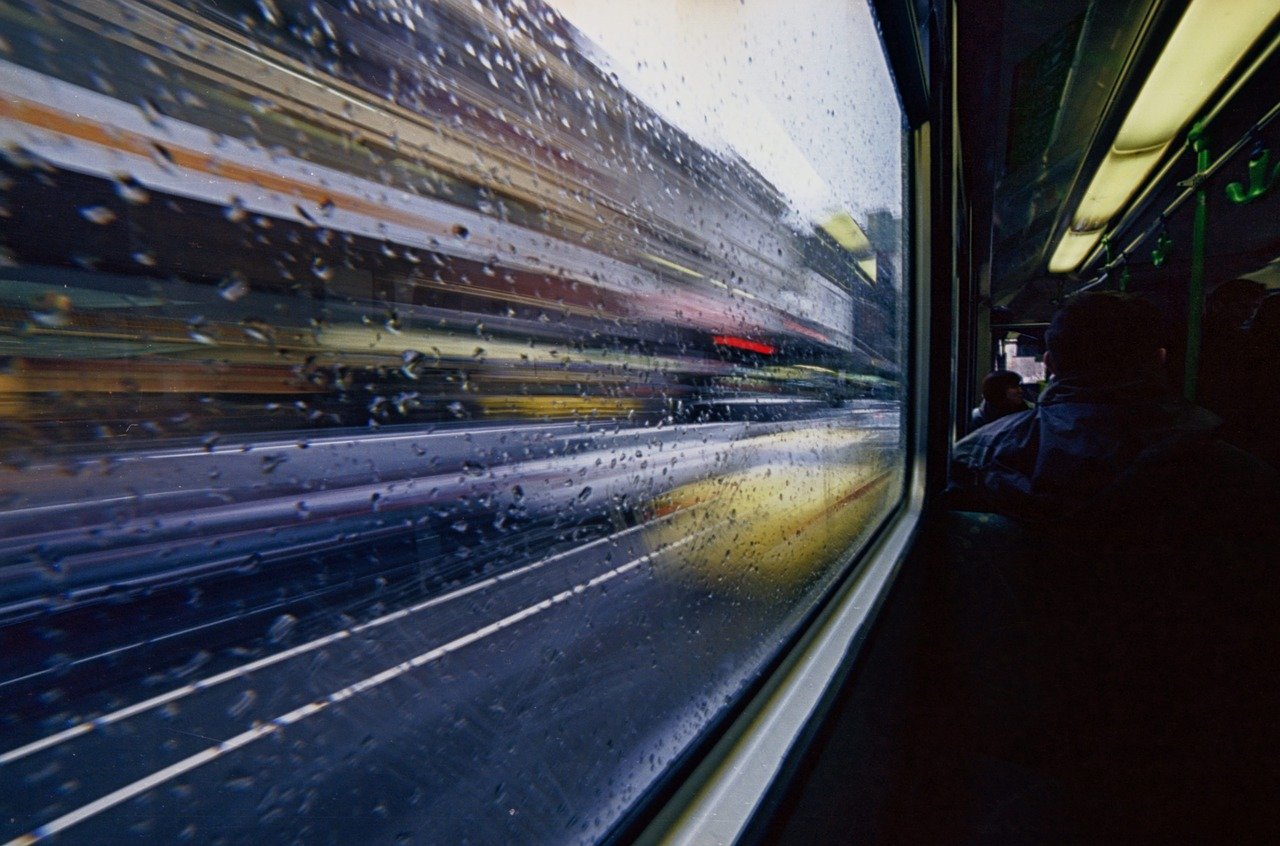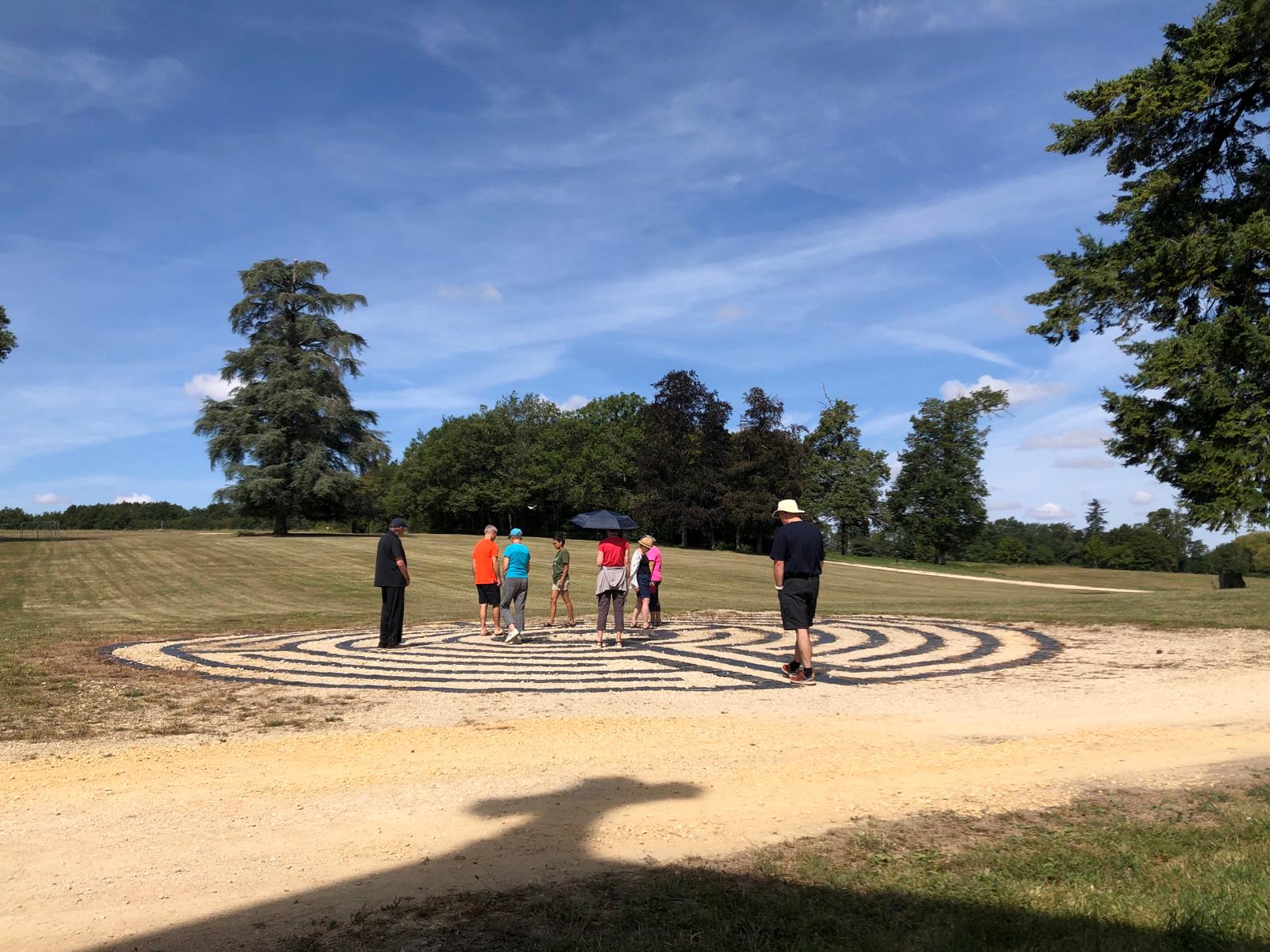We long for the wholeness and unity beyond the diversity scientists and mystics talk about. We also do know that meditation is an experiential road towards this. But we also know that “As soon as we begin to meditate we discover the first and superficial level of consciousness: restless, light-headed, undisciplined, distracted mental activity, rampant fantasy.” (p.208)
The moment we sit down to meditate and try to focus on our mantra, thoughts come crowding in and the mantra gets only an occasional look-in. The problem is when we have stilled our body, we let our thoughts do the walking. We wander about in daydreams, down memory lane, planning, hoping, worrying; internally we are still filled with perpetual noise and movement, the mad whirl of disconnected thoughts. Soon we start to feel discouraged and think that perhaps we are not meant to be doing this. But persevere! Just focus on the mantra with full attention and accept what happens. Our thoughts, however chaotic they are, also have a right to be there. Acceptance is the key. Jung said ‘Wisdom begins when we take things as they are; otherwise we get nowhere.’ But we are so used to criticising and judging ourselves, that we get irritated when we sit down to meditate and the thoughts just crowd in. But the more we get irritated with ourselves, the more we try to suppress our thoughts, the more persistent they become. Instead of unifying our mind we are dividing it: one part of our mind fights another.
An image comes to mind: I remember hearing years ago about an advertisement for meditation. On a poster was a picture of an Indian Guru, in typical attire and appearance, balanced perfectly on a surfboard, riding the waves. Underneath was the phrase: ‘You can’t stop the waves, but you can learn to surf’. In meditation our surfboard is the mantra, and our thoughts the waves. At times we will be able to ride them skilfully; at other times the thoughts like the waves calm down, the sea is smooth and calm – we lie peacefully on our surfboard, our mantra – and our mind is still and calm. And again at other times there are so many thoughts whirring around that we can’t even pick up the mantra. The sea seems too rough to surf. Just accept that that is the way you are today. Yet sometimes even after such a meditation filled with thoughts we feel nevertheless peaceful. The surface of our mind and the sea can be rough, but in the depth there still is the everlasting peace that influences us.
It is important to remember that thoughts and images keep us imprisoned in linear time – past, present, future, the arrow of time. In our mind we tend to spend more time in the past and the future than actually in the present moment. By paying attention and increasing awareness we let go off this arrow of time. There is only the Now, as St Augustine expressed so well in ‘Confessions’: “There are three tenses or times: the present of past things, the present of present things, and the present of future things….memory…attention…expectation.” The actual awareness of an experience is always in the present, in the Here and Now. Memory, thoughts, brings the past in the present. Expectation, thoughts, brings the future in the present. Through attention meditation teaches us to stay in the present moment. Only in the present moment can we access Divine Reality. Attention is in fact the ‘narrow gate that leads to life.’ Only in the present moment does time intersect with the timeless:
Time past and time future
What might have been and what has been
Point to one end, which is always present.
T.S.Eliot
(Four Quartets)
Image by Adrian Malec from Pixabay







